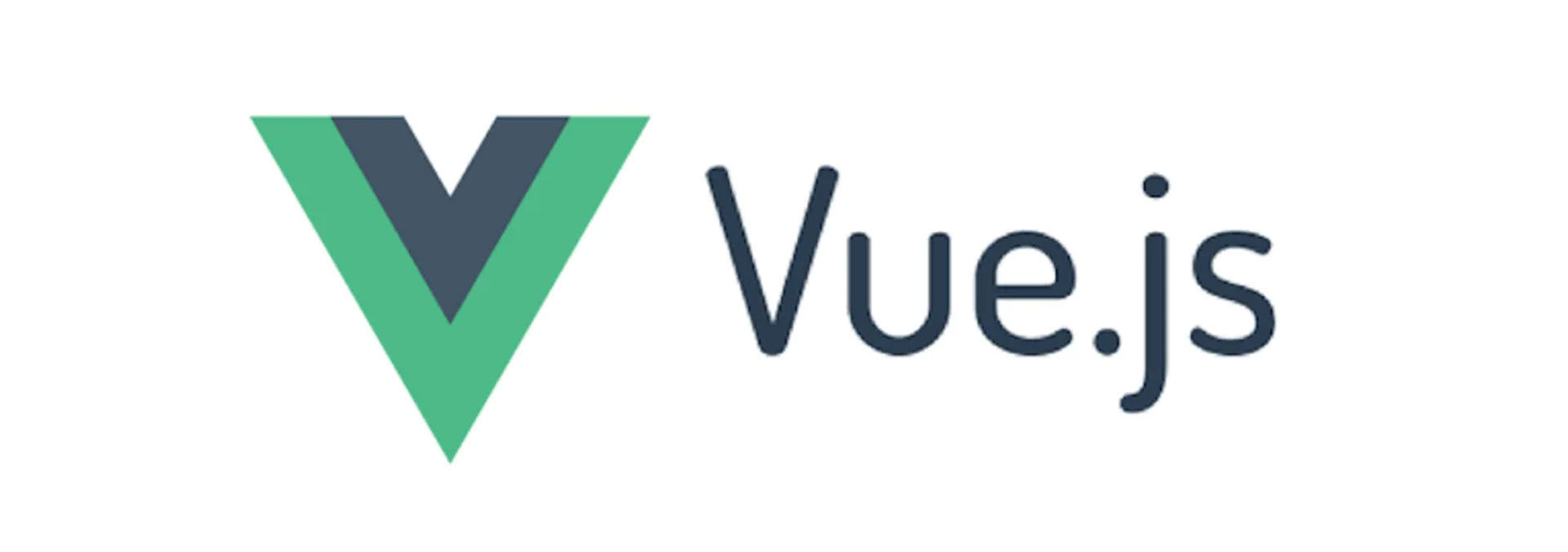The Top 3 JavaScript Frameworks for 2021

JavaScript is a multi-paradigm language that supports event-driven, functional, and imperative programming paradigms (including object-oriented and prototype-based). Initially, JavaScript was exclusively utilised on the client-side. However, JavaScript is now also utilised as a server-side programming language. To describe in a single statement, JavaScript is the web language.
What is a JavaScript Framework, and Why Should You Use One?
A software framework is a type of abstraction in which software that provides general functionality may be selectively modified by user-written code. JavaScript framework is a JavaScript application framework that allows programmers to alter and use functions for their convenience.
Most website developers choose frameworks since they are more versatile for website design. JavaScript frameworks are tools that make working with JavaScript easier and more fluid. These frameworks also allow the programmer to make the application device responsive. Another reason why JavaScript frameworks are so popular when it comes to employing a high-level machine language is their responsiveness. Let's have a look at some of the finest JS Frameworks for 2021.
Top 3 JavaScript Frameworks.
1. angular

JavaScript Framework Angular Angular is a strong, efficient, and open-source JavaScript framework. This framework is operated by Google and is designed to be used in the development of a Single Page Application (SPA). It incorporates HTML into the programme and analyses attributes in order to conduct data binding.
Features-
- Cross-Platform
- Performance and Speed
- Code Splitting:
- Productivity
- Templates:
- Angular CLI:
- Intelligent code completion, immediate errors, and other feedback are available in popular editors and IDE
- Testing: Protractor accelerates and stabilises your scenario testing.
- Animation: Using Angular's straightforward API, you can create high-performance, complicated choreographies and animation timelines with very little code.
- Accessibility: Using ARIA-enabled components, developer guidelines, and built-in a11y test infrastructure, you can create accessible apps.
2. React

The React framework, developed by Facebook, has gained prominence in a short period of time. It is used to create and manage the dynamic User Interface of websites with a large volume of incoming traffic. It employs a virtual DOM, which simplifies integration with any application.
Features-
- Declarative: Designing interactive and dynamic user interfaces for websites and mobile applications. When data changes, React updates quickly and renders the appropriate components. Declarative views improve code readability and debugability.
- Virtual DOM: There is a "virtual DOM object" for every DOM object. It is a representation of a DOM object that generates a virtual replica of the actual DOM.
- Event handling: React has developed a completely compliant W3C object model event system. It also offers a cross-browser interface to a native event, which eliminates the need to deal with mismatched event names and fields. Because the event system is done using event delegation and includes a pool of event objects, React minimises memory head.
- JSX: JSX is a markup syntax that is similar to HTML. JSX simplifies the creation of React components by making the syntax almost identical to the HTML injected into the web page.
- Performance: React employs one-way data binding in conjunction with an application design known as Flux controls. Flux manages the application process, while ReactJS updates the View for the user. Virtual DOM adds value by automatically comparing new data with original DOM and updating the View.
- React Native: React Native is a custom renderer for React that uses native components as building blocks rather than web components like React. Apart from converting React code to run on iOS and Android, it also provides access to these platforms' capabilities.
- Component-Based: Everything in React is a component of the web page that is separated into individual components to build a view (or UIs). Every visual aspect of the programme would be housed within a self-contained module known as a component. ReactJS components are used to design the aesthetics and interactions in apps.
3. Vue js

Despite being created in 2016, this JavaScript framework has already found its way into the market and shown its value by providing a variety of capabilities. One of the most appealing aspects of building a high-end SPA or Single Page Application is its dual integration method. It is a lot more dependable platform for cross-platform development.
Features-
- Virtual DOM: Vue.js makes use of virtual DOM. The primary DOM element is cloned in virtual DOM. Every modification intended for the DOM is absorbed by the virtual DOM and presented in the form of JavaScript data structures, which are compared to the original data structure.
- Viewers see the final modifications that are reflected in the actual DOM. The technique is innovative and cost-effective, and the modifications are implemented fast.
- Data Binding: This feature allows you to alter or assign values to HTML attributes, change the style, and apply classes using the v-bind binding directive.
- CSS Transitions and Animations: This feature allows you to apply a transition to HTML components when they are added, modified, or deleted from the DOM. It has a built-in component that encapsulates the element that is responsible for returning the transition effect.
- It provides HTML-based templates for binding the DOM to the Vue.js instance data. Virtual DOM Render functions are created by compiling the templates. A developer can utilise the render functions template and replace the render function with the template.
- Methods: We utilise methods when an event happens that isn't always linked to the instance data being modified or when we wish to modify the state of a component. Methods do not maintain track of dependencies, although they can accept arguments.
- Vue.js is less complex in terms of API and design. In a single day, a web developer creates simple apps.

